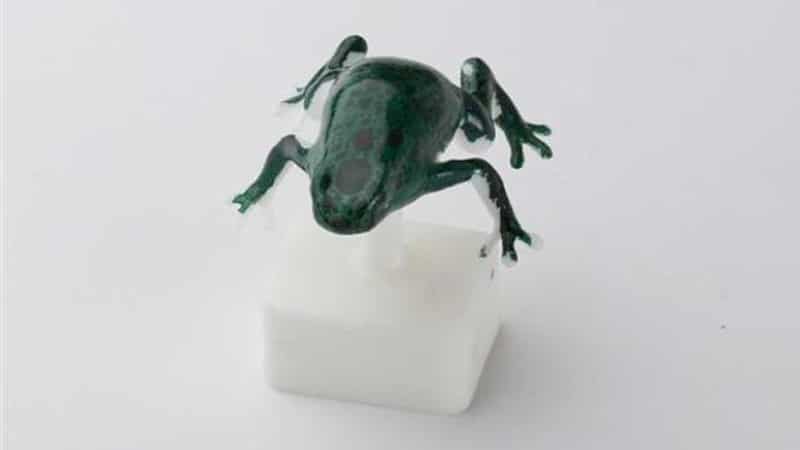One of the major challenges of 3D printing is the application of color to surfaces. The uneven surfaces are difficult to apply color on. And often a method called hydrographics is used for this purpose. In 2015, some developers came up with a way of refining the hydrographics technique which uses the computer modelling to apply color to complex textures. The method is yet to be introduced in the market, but recently Formlabs introduced a simulation method using Blender to demonstrate the potential of this method.
Hydrographics uses an adhesive paint to apply color to a texture surface. This paint is sprayed into the surface with a fixing solution, after being converted to a 2D film. The flat PVA film is immersed in a water tank. The object is then submerged into the water and its surface gets wrapped and imprinted with the film. Curved and textured surfaces can be easily colored using this technique. This system, however, has its limitations. As the object is lowered into the water, some parts of it get coated more evenly than the others. Further, it is not possible to align a particular point with a specific print in that area.
The software designers at Columbia and Zhejiang Unversity have discovered this coloring procedure which is known as Computational Hydrographic Printing. It was demonstrated at the SIGGRAPH conference in 2015. The technique works by simulating where they analyze how the film will stretch as the 3D object is dipped. A texture map can be printed that precisely aligns to the objects they are designed for. Hence the 3D printed objects can be colored with the potential to apply precise patterns with different colors for different parts of the object or to recreate a whole range of different textures. Formlabs suggests building a hydrographic tank in the 3D printer to enhance the alignment between the 2D film and the 3D object.
